Archives
- 2025-12
- 2025-11
- 2025-10
- 2023-07
- 2023-06
- 2023-05
- 2023-04
- 2023-03
- 2023-02
- 2023-01
- 2022-12
- 2022-11
- 2022-10
- 2022-09
- 2022-08
- 2022-07
- 2022-06
- 2022-05
- 2022-04
- 2022-03
- 2022-02
- 2022-01
- 2021-12
- 2021-11
- 2021-10
- 2021-09
- 2021-08
- 2021-07
- 2021-06
- 2021-05
- 2021-04
- 2021-03
- 2021-02
- 2021-01
- 2020-12
- 2020-11
- 2020-10
- 2020-09
- 2020-08
- 2020-07
- 2020-06
- 2020-05
- 2020-04
- 2020-03
- 2020-02
- 2020-01
- 2019-12
- 2019-11
- 2019-10
- 2019-09
- 2019-08
- 2019-07
- 2019-06
- 2019-05
- 2019-04
- 2018-11
- 2018-10
- 2018-07
-
Our earlier experimental studies showed neutral i e non prol
2019-11-02

Our earlier experimental studies showed \"neutral\", i.e. non-proliferative, effects of progesterone but a large increase in proliferation using certain progestins; however, this was only in the presence of PGRMC1 [[13], [14], [15], [16], [17], [18], [19]]. The next step was to investigate whether t
-
In addition to tissue resident stromal and myeloid cell popu
2019-11-02

In addition to tissue-resident stromal and myeloid cell populations, ILCs also readily engage in positive-feedback loops with myeloid molecular weight mg recruited from the circulation. TNF-α produced by inflammatory monocytes recruited to the lungs of mice infected with Klebsiella pneumoniae marke
-
Psora 4 As described above we designed
2019-11-02
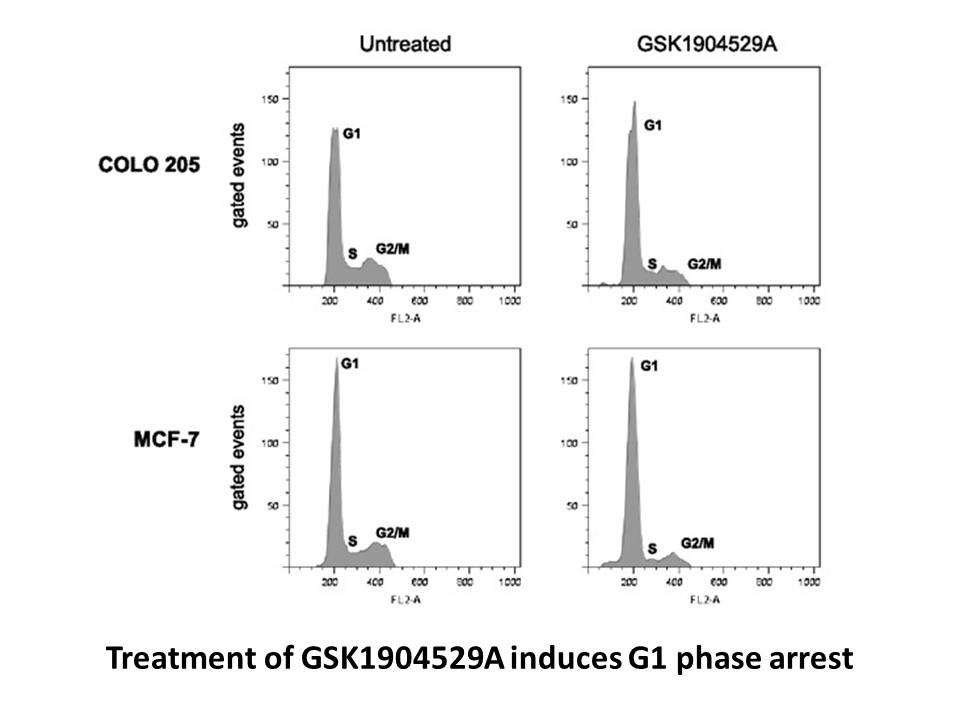
As described above, we designed and synthesized a new 1,4-di-substituted isoquinoline lead compound, and was identified as a ligand with moderate potency for the CRTH2 receptor. We initially we examined the effects of the steric factor of R group on the CRTH2 binding potency (). When the methyl gro
-
We thank Dr Hongqiang Qin at Dalian Institute of Chemical
2019-11-02
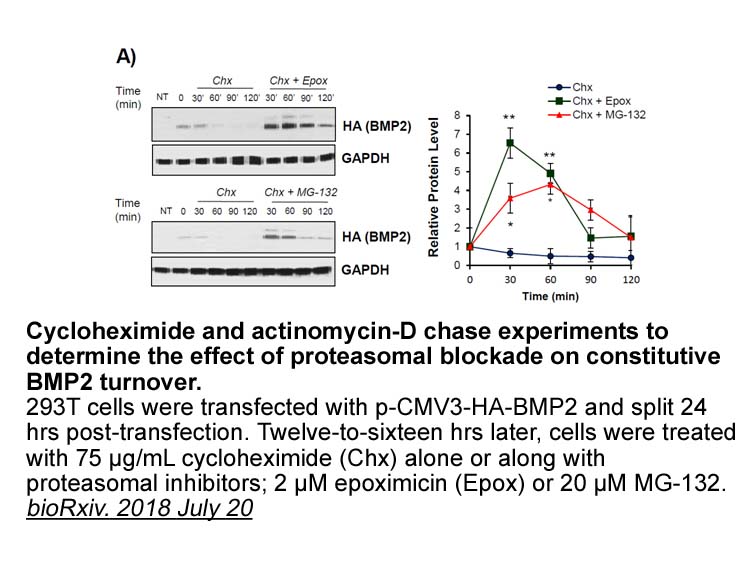
We thank Dr. Hongqiang Qin at Dalian Institute of Chemical Physics, Chinese Academy of Sciences for technical assistance in mass-spectrometric analysis. We thank Prof. Quentin Liu at Dalian Medical University and Prof. Qiang Shen at M.D. Anderson Cancer Center for helpful discussion and comments. Dr
-
Besides being an energy storing tissue adipose tissue acts
2019-11-02
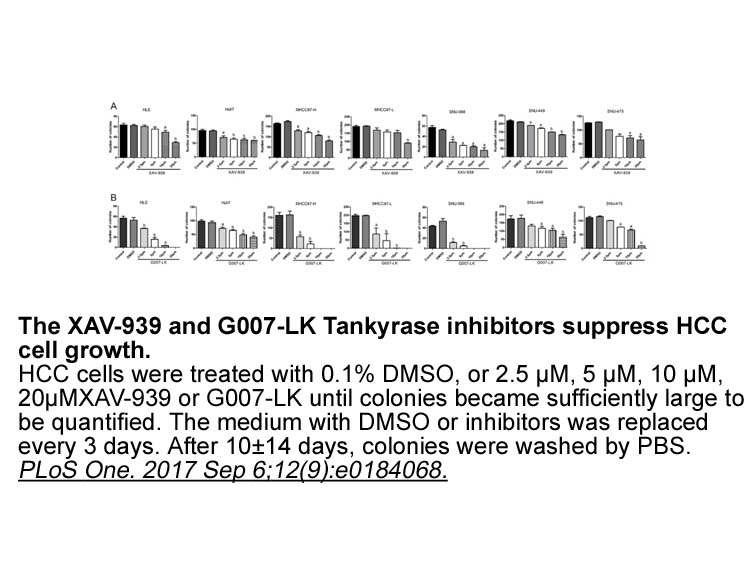
Besides being an energy storing tissue, adipose tissue acts as an active endocrine organ that secretes a number of biologically active adipokines involved in multiple physiological processes such as inflammation and lipid and glucose metabolism, with direct and indirect effects on reproduction [15,1
-
Our approach relied on measurement of
2019-11-02

Our approach relied on measurement of bulk solute diffusivity in the three tissue types of interest. Our diffusivity values (Table 3) are on the order of 10−6 cm2/s and are comparable to the PG diffusion coefficient in water at infinite dilution, which is about 10−5 cm2/s at room temperature, as wel
-
Errors are detected by comparing the output data
2019-11-02

Errors are detected by comparing the output data against an error free reference. After error detection, the process is restarted so that only one error is accounted. The susceptibility is inferred by the ratio between injected events and detected errors: = 100×errors÷events%. Error rates are obtai
-
br Activatable bioorthogonal reactions reagents br Cycloprop
2019-11-02

Activatable bioorthogonal reactions/reagents Cyclopropenes as bioorthogonal reagents for IEDDA substrates Cyclopropenes have become popular bioorthogonal reagents due to their small size, inertness to biological nucleophiles, ability to be genetically encoded (Yu et al., 2012), and participati
-
Materials and methods br Results Assay of botulinum toxin ac
2019-11-02
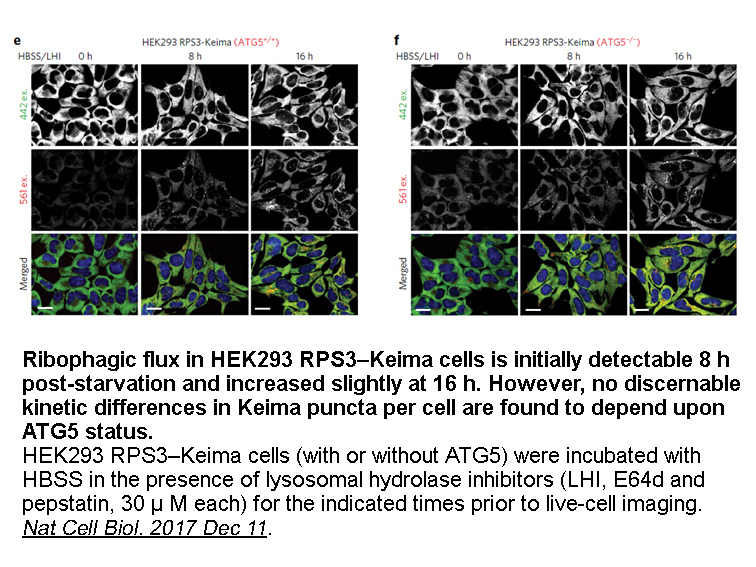
Materials and methods Results Assay of botulinum toxin activity is critical for the risk-assessment, diagnosis, and treatment of botulism cases. The frequently encountered active forms of the toxin are; L chain (inside intoxicated neuronal cells), BoNT (in the blood stream of a botulism patient,
-
A previous pharmacokinetic study of
2019-11-01
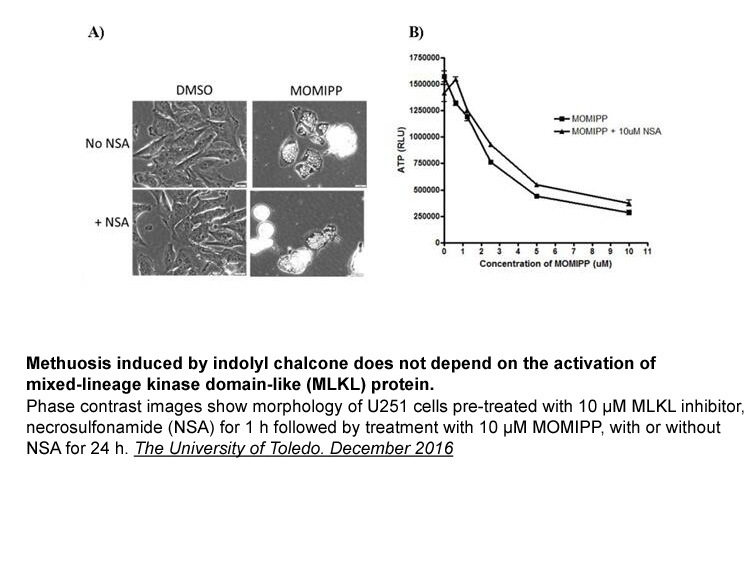
A previous pharmacokinetic study of curcumin in mice demonstrated that curcumin could not be detected in plasma after a single oral dose of 75 mg/kg of curcumin. After 4-months administration of 75 and 300 mg/kg of curcumin, plasma levels of curcumin and THC were 0.095 and 0.465 μM and 0.025 and 0.1
-
br Conclusions This report describes the discovery of a new
2019-11-01
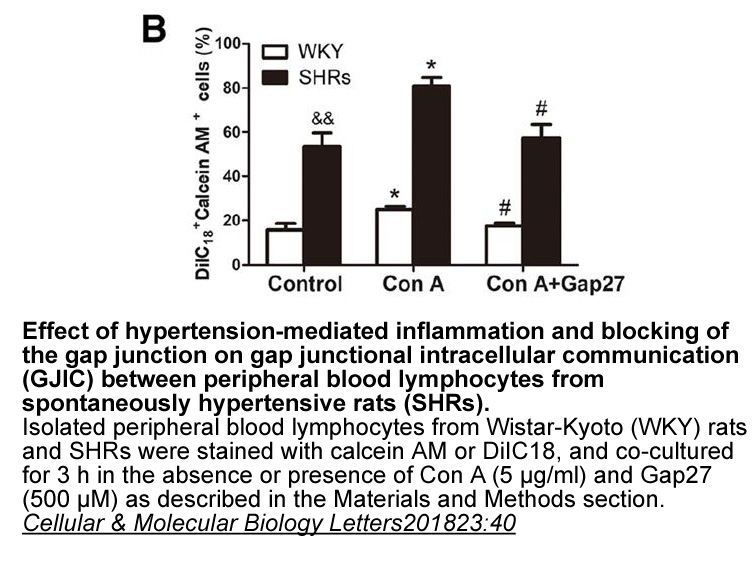
Conclusions This report describes the discovery of a new class of host-directed antiviral agents characterized by a 1-aryl-4,6-diamino-1,2-dihydrotriazine scaffold, responsible for a host (human) DHFR inhibition mechanism. Host-targeting antivirals represent an alternative and emerging strategy t
-
To evaluate the new quadrupolar
2019-11-01
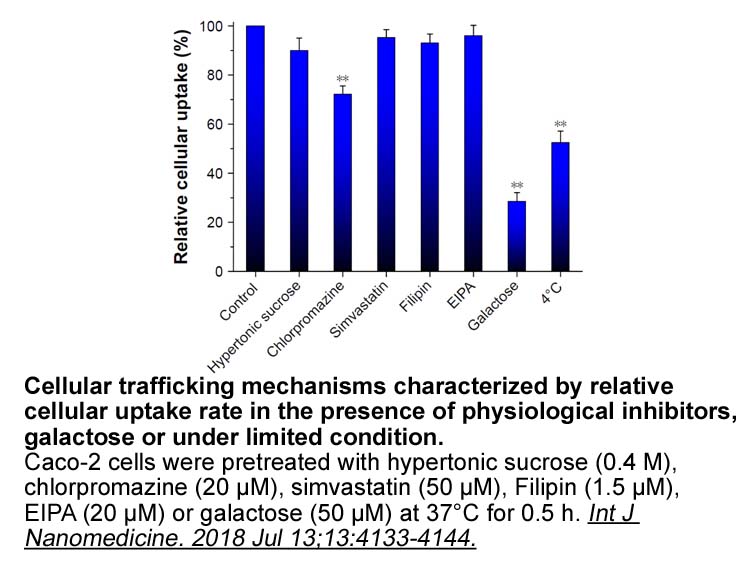
To evaluate the new quadrupolar CPA (qCPA) the pure fluid properties of CO2 are predicted both in the critical region and in the compressed liquid region. The model is furthermore applied for the prediction and correlation of binary mixtures with CO2 and n-alkanes, water, alcohols and a few quadrupo
-
An ideal CHK inhibitor would be minimally cytotoxic while en
2019-11-01

An ideal CHK-1 inhibitor would be minimally cytotoxic, while enhancing the anti-tumor effect of a real cytotoxic agent that would be used in combination with the inhibitor. Our CHK-1 inhibitors have shown excellent selectivity over a panel of kinases including those regulating the cell cycle, but th
-
As expected the nortestosterone derived
2019-11-01
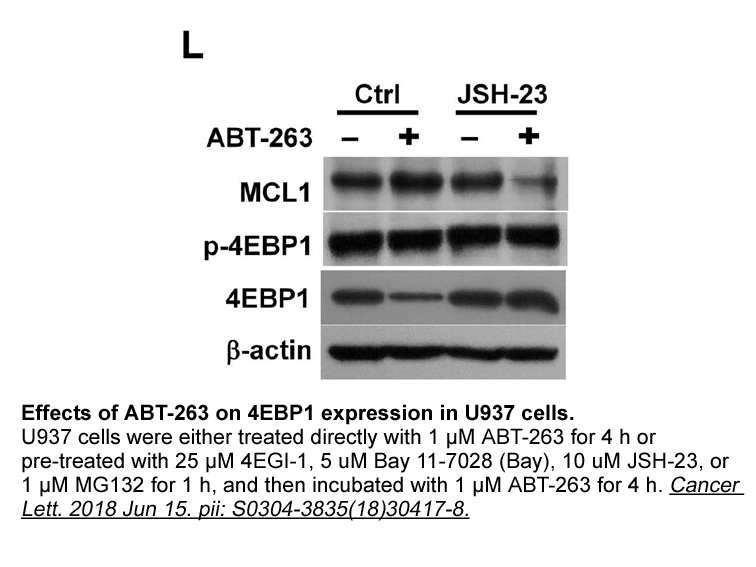
As expected, the 19-nortestosterone-derived progestins tested were moderate agonists of hAR (C), with EC50s ranging from 2 to 10nM, however all were less potent than the endogenous ligand DHT by at least a factor of 6, with relative potencies ranging from 0.0301 to 0.164. This is in agreement with p
-
p and p which are downstream
2019-11-01
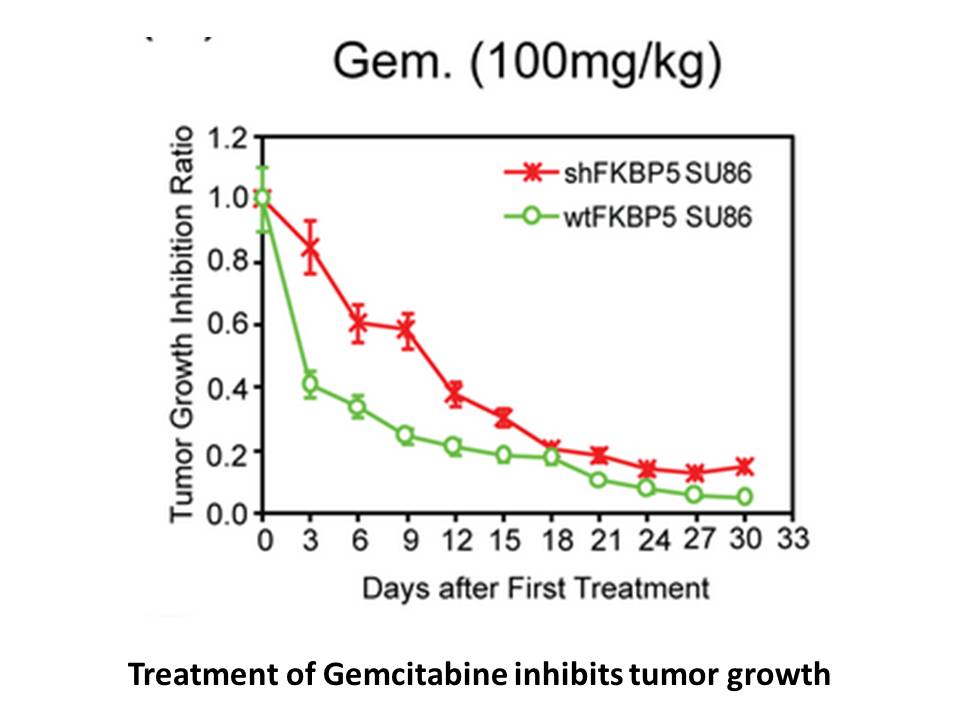
p21 and p16, which are downstream of pAkt and pERK1/2, are tumor suppressors which induce cell senescence and SAG arrest [[56], [57], [58]]. Inhibitors of pAkt or pERK1/2 can activate p21 and p16 and promote cell senescence and cell cycle arrest [11,12,[59], [60], [61]]. It is well known that p21 is
11334 records 623/756 page Previous Next First page 上5页 621622623624625 下5页 Last page